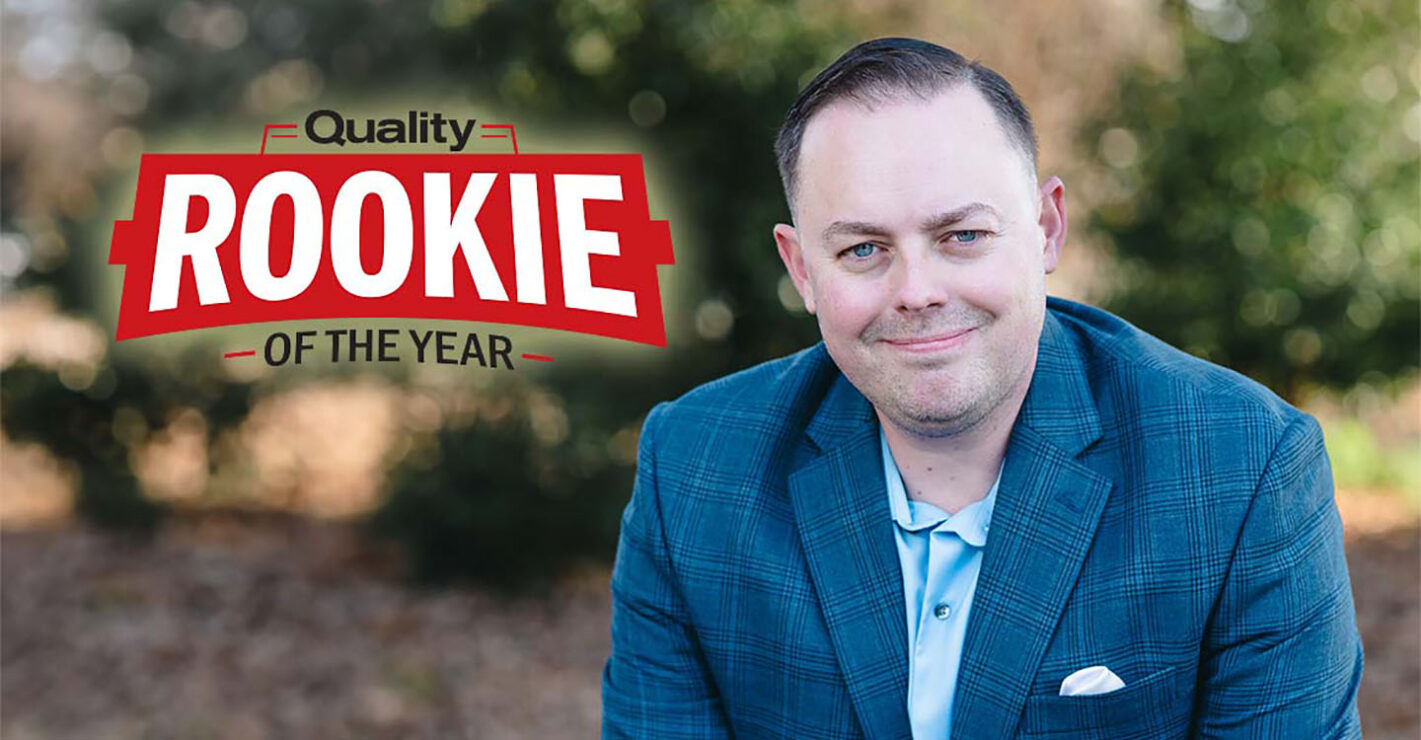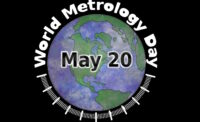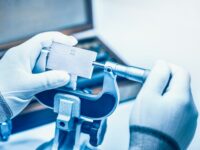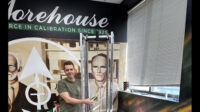Measurement
Difference Between Calibration and Verification
Verification is checking the accuracy of the machine. Some people refer to it as calibration, but it is not.
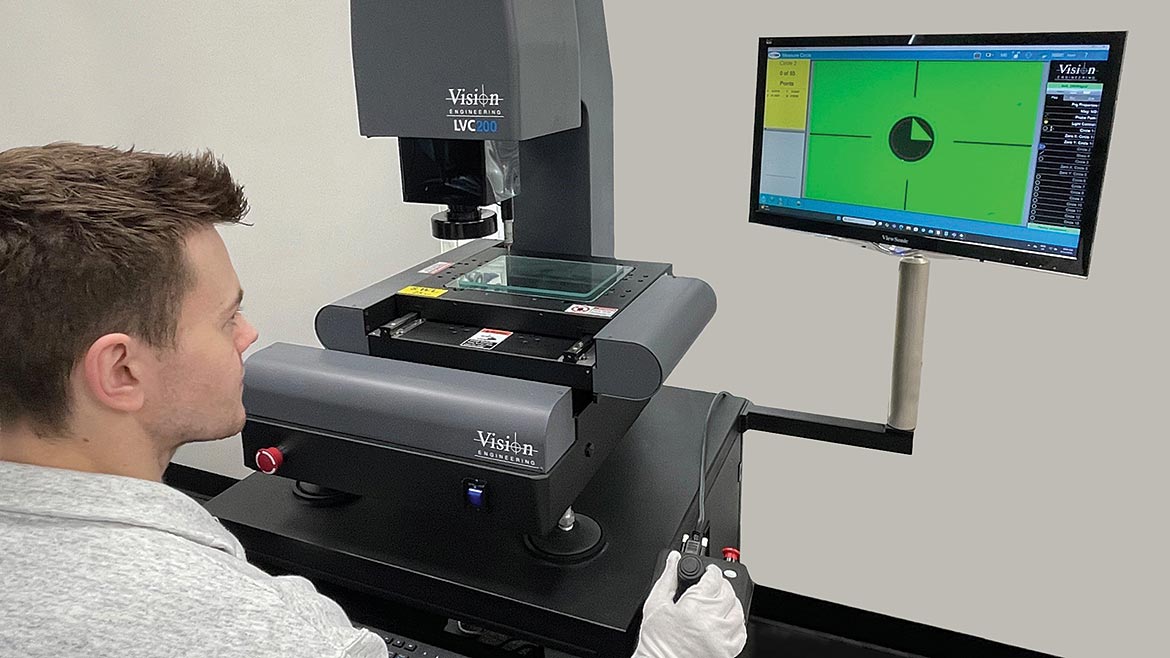
Image Source: Vision Engineering
When it comes to in-the-field calibration of video measuring systems and other high-end measuring equipment, companies I talk to often do not realize or understand the difference between verification and calibration. Most of the time, companies look to save money on the maintenance cost of video and optical equipment. They have sticker shock when they call the manufacturer for an annual calibration price. This is when they start shopping around and find a local company that says, "Sure, we can calibrate that for you!" The company comes in, measures its reference standards with the equipment needing calibrating, and issues a calibration certificate, not knowing the manufacturer’s specifications under which the equipment was sold to the customer or the maintenance checks required. Furthermore, some of these companies tell customers they have ISO-17025 accreditation, which is probably true. However, the customer fails to check to see if their equipment is on the calibration company’s scope of accreditation, a significant oversite. If the equipment needing calibration is not on the calibration company’s ISO-17025 scope of accreditation, they do not have ISO-17025 to calibrate or verify that equipment.
A quick Google search of verification versus calibration comes back with the following AI overview:
"Calibration compares an instrument’s readings against a known standard to ensure accuracy, potentially involving adjustments, while verification confirms that an instrument or process operates within its specified parameters without adjustments."
The above Google AI response is correct, although it is very generic. So, I want to explain further the difference between verification and calibration for optical and video measuring equipment.
Verification
Verification is checking the accuracy of the machine. Some people refer to it as calibration, but it is not. A verification check ensures that the measuring equipment meets the required customer’s accuracy specification, which is usually the same as the manufacturer’s. Some smaller companies issue a calibration certificate after a verification check, confusing some people and making them think they got a deal. However, the equipment has not been checked against the manufacturer’s specifications in most cases, and regular maintenance checks were not performed.
The equipment required to do a verification check is a glass rule for the X & Y axes and a step gage or gage blocks for the Z-axis. Also, special training is not required. If the accuracy verification check shows that the machine is not measuring within the factory specification, a trained and certified calibration technician must perform an on-site calibration.
We encourage customers to perform verification checks themselves. We sell the equipment, provide part programs, and give other assistance to help our customers perform these checks. Additionally, ISO auditors like to see customers regularly perform verification checks on their measurement equipment and document the results. This demonstrates confidence in the measuring equipment used to measure production parts to the ISO auditor.
A few months ago, I was called out to a customer who used a local ISO-17025-accredited calibration house to verify their video measuring machine, and it was found to be out of specification. I used my glass rule to confirm the machine’s measurement uncertainty and found it to be within specification. I asked the customer to see the certificate from the calibration house. Reviewing the certificate, I noticed they used gage blocks for X & Y, which I do not recommend due to the shiny surface of gage blocks causing edge shadowing and reflection issues if not sitting on the glass plate perfectly perpendicular to the Z axis. To add insult to injury, when I reviewed the calibration house’s scope of accreditation, I noticed they did not have video measuring equipment listed, telling me they were not qualified to check this piece of equipment. However, to their credit, they didn’t have any ISO17025 accreditation marking on the certificate issued to the customer. My point here is that even if the calibration company says they can calibrate your video measuring machine, always ask to see their scope of accreditation and check if the requirement you need verifying or calibration is listed; don’t assume. Most calibration companies have their calibration certificates listed on their websites. If they don’t have their scope of accreditation listed, ask who their accreditation is through and visit the accreditor’s website for the scope of accreditation.
Calibration
Calibration involves adjusting the machine mechanically and using software error corrections to bring it back to factory accuracy specifications. It requires a highly trained calibration technician with in-depth knowledge of the machine hardware and error correction software. The equipment we use to adjust the machine’s accuracy costs tens of thousands of dollars and is temperature-sensitive. This is why the calibration of video and optical equipment costs so much. We have invested money in the equipment and time in training calibration technicians, and on average, it takes five hours to do the As-Found checks, bring the equipment back to the required specification, and do the As-Left checks. If the customer has not looked after the equipment, it can cost more in repairs and parts, adding to the calibration cost to bring the equipment back to specification.
First, we must identify the type of measurement error, either a random error, a systematic error, or a combination of both. We do this using an ISO-10360 As Found check and plot chart review.
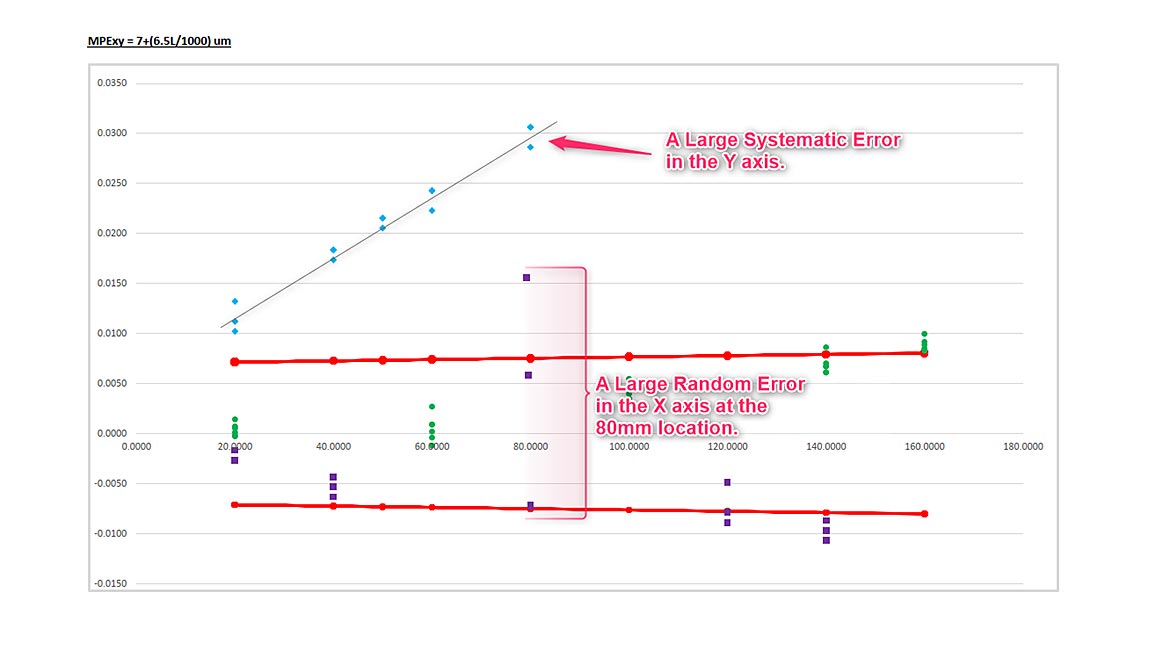
Random errors are the most difficult to identify and must be eliminated mechanically. Anything can cause them, for example, excessive vibration, a loose camera or lens, a dirty encoder, or an obstruction in machine movement. Once we have reduced the random errors, if any, we can address the systematic errors. Excessive temperature changes over time or resistance in machine movement usually cause systematic errors. These errors are easy to adjust with software error correction. However, if these errors appear in a short period after a calibration, further examination of the machine and environmental conditions is required by a highly skilled calibration technician with a strong knowledge of metrology.
During calibration, the calibration technician checks and adjusts, if needed, the following:
- As-Found Check.
- Repair/adjust any random errors.
- Clean the machine and ensure all axes move freely.
- Glass surface plate level.
- Camera Alignment to the X-axis of the measuring stage.
- Video pixel calibration of each zoom position/magnification.
- X, Y, & Z, offset positions of each zoom position/magnification.
- Error Correct the measuring stage using Non-Linear Error Correction. This creates a map of all the stage measurement errors and eliminates the need for an X-Y squareness calibration.
- Error Correct the Z-Axis if fitted.
- As-Left Check (certificate of calibration).
- Backup the calibration data that we keep on file at our factory.
When most customers ask if they can calibrate their video measuring machines, they mean to perform verification checks themselves. As stated earlier, we encourage customers to do their own verification checks. All you need is a glass rule, which we sell. We provide the verification procedures and an Excel file to document the results. Over the life of the equipment, this is a much more cost-effective option than using a local calibration house or having the manufacturer come in each time machine measurement uncertainty/accuracy checks are required. The return on investment occurs after not needing two manufacturer visits or calibration house visits. Also, it builds the end user’s/customer’s confidence that the equipment is performing correctly.
Looking for a reprint of this article?
From high-res PDFs to custom plaques, order your copy today!
